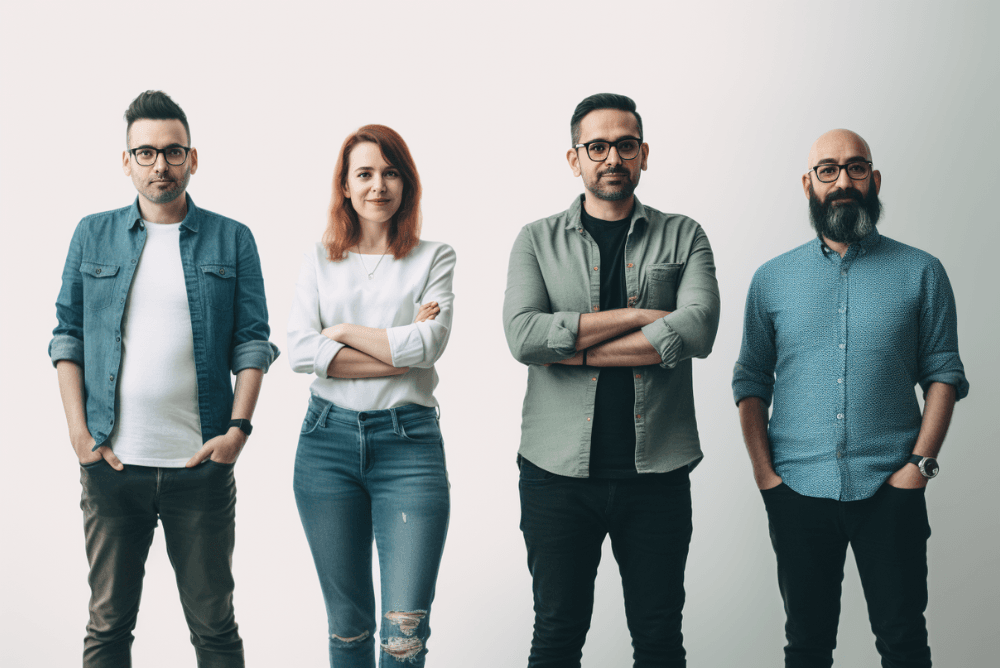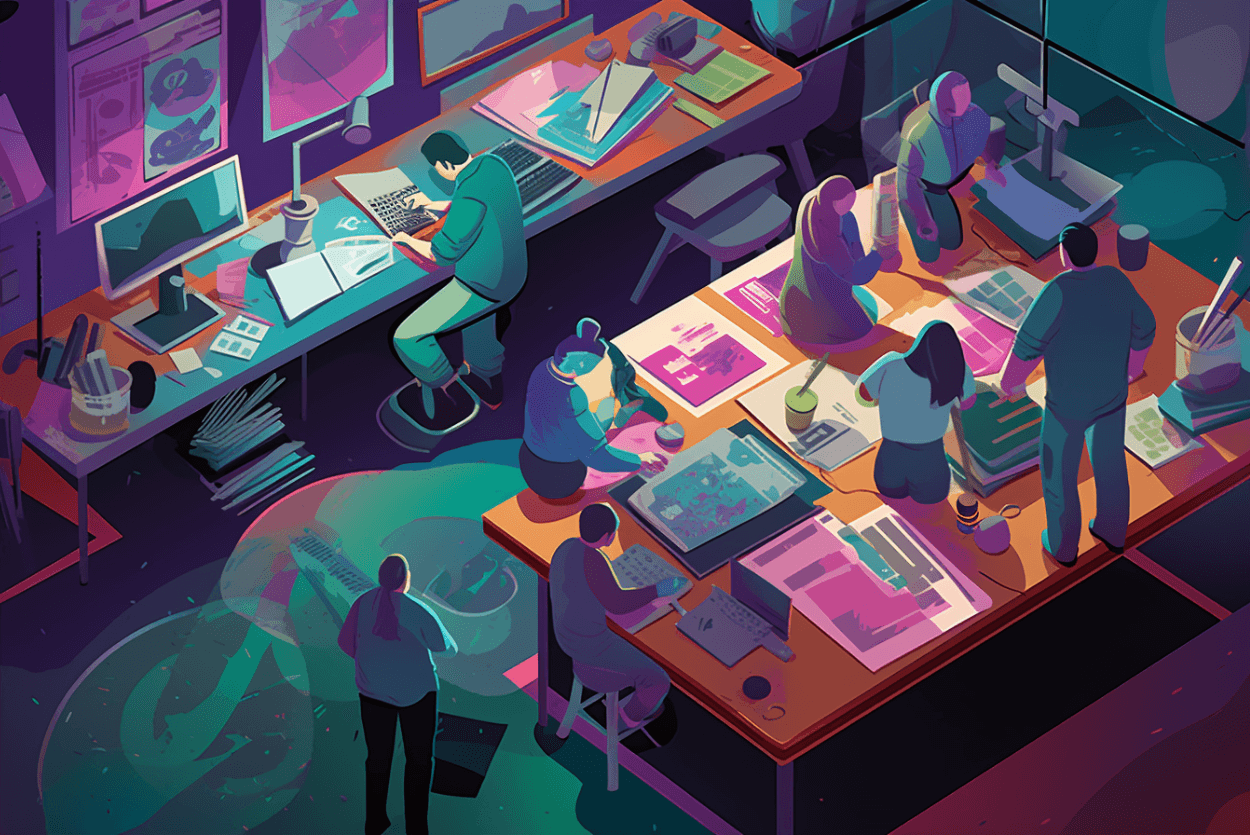10 questions we’re going to ask you when we start working together
13 Nov 2023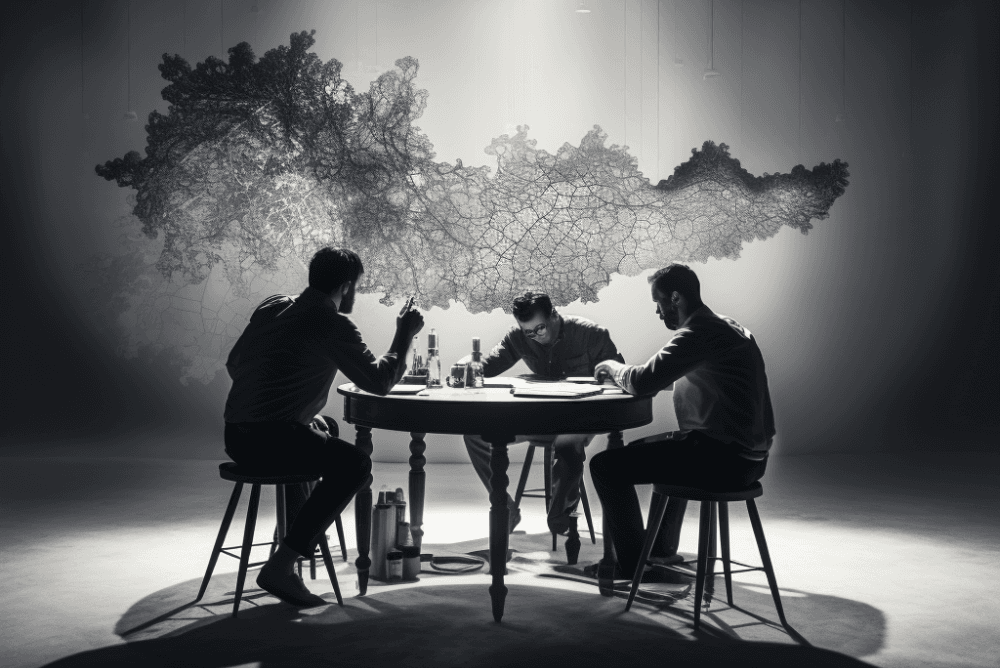
Whether we design a business tool or do another holistic UX project for you, we start with 10 questions that serve as a compass for the entire cruise.
Written by Autentika Team
The deal is done, and the documents are signed. Our UX and UI experts are about to embark on a design journey with you. How do we start the collaboration? What questions will we ask you, and what should you prepare for? Here is a list of things we want to know at the very beginning to find the best solution.
We know the initial meeting of your team after sealing the deal is a pivotal juncture. This is the moment where first impressions are sculpted, and the foundation for a collaborative journey is laid. We’re here to help you achieve your goals and guide you through the transformation process. Whether we design a business tool or do another holistic UX project for you, we start with these 10 questions that serve as a compass for the entire cruise.
1) Where are you?
The critical question that opens an honest dialogue between us. We delve into your organisation’s history, challenges, and perspectives, and you share what’s on your front page. This question is a gateway for the following ones and sets the meeting agenda.
2) What do we want to achieve?
From now on, we are inclusive – it is about “us”, not about “you” and “them”. We will work together (really together) to get you where you want to go. We want to be your partners and work hard to foster that partnership – all to learn your goal and what you want to achieve.
It’s good if you have SMART goals (Specific, Measurable, Achievable, Relevant, and Time-Bound) or a business analysis that can show us some numbers, but if you don’t, we’ll help you define where you want to go.
3) What steps have you taken thus far?
We will look at your attempts at change so far but also at your failures. It is essential that we are honest and open. By finding out what hasn’t worked, we can learn valuable lessons and avoid reinventing the wheel while understanding your journey over the last 12-24 months provides context.
Read also: How do we start working with newsrooms and companies?
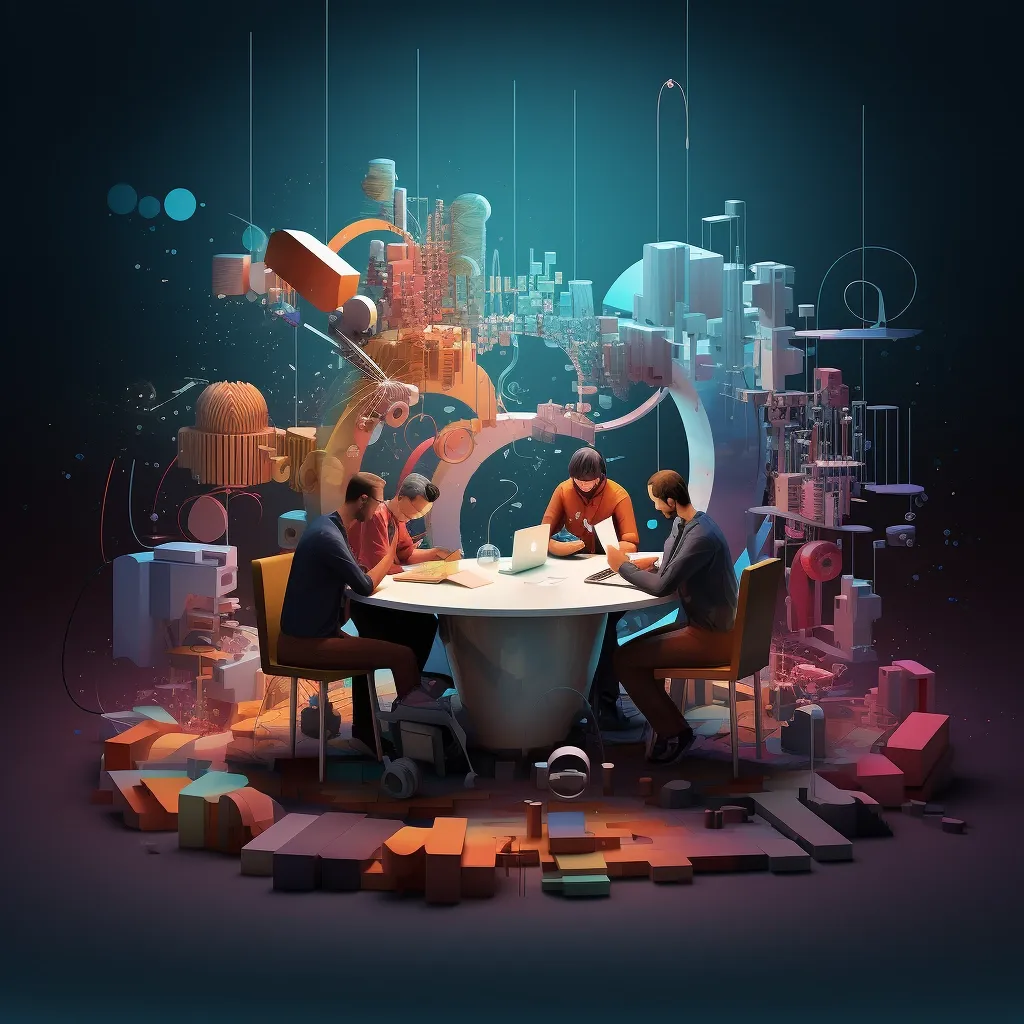
By finding out what hasn’t worked, we can learn valuable lessons (image by Midjourney).
4) Who will we work with?
It is important to understand the working dynamics in your organisation and who will be closest to us. Knowing your work culture, expectations, and operational style also contributes to mutual understanding and makes it easier to adapt work processes to your expectations.
5) What is your experience with the design process?
We know how important it is to learn from both successes that have satisfied our clients and the inevitable "hiccups" that occasionally occur in the world of design. By looking at past projects that failed to meet expectations, we analyse the reasons for these failures and can thus guard against similar pitfalls in the future. In this way, we can't only guide our efforts but also adapt our approach to fit seamlessly into the your unique environment.
6) Who are the users?
We encourage you to share your perspective of the product or service users. This insight feeds into the design process by incorporating your perspective on the user base. User-centricity is crucial to us – and as the process continues, we want to learn how they work, what problems they face and what devices they use.
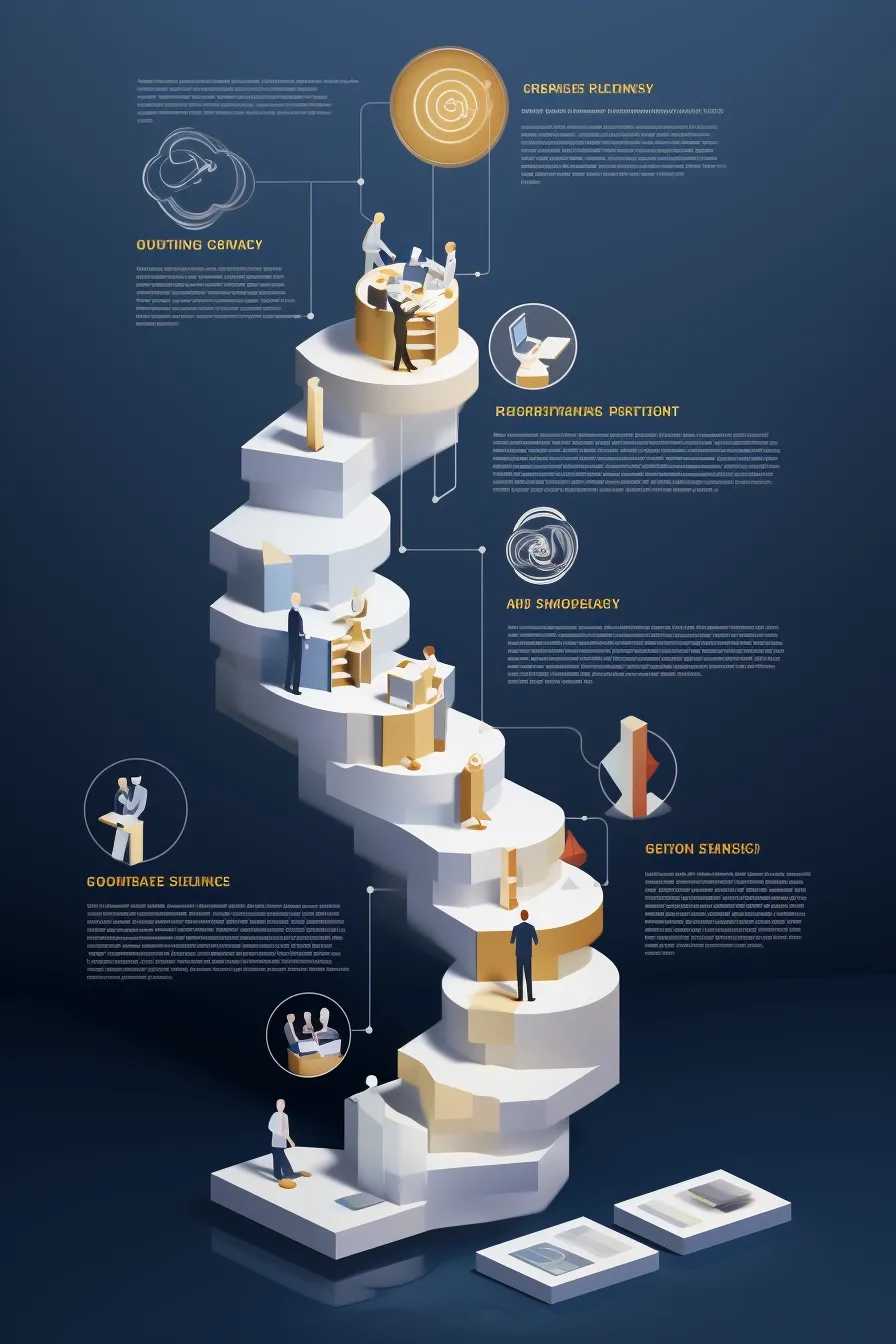
Each exercise helps us set the stage for a successful project journey (image by Midjourney)
7. Where is the knowledge?
What helps us in strategic planning is to list knowledge sources on the various aspects of the projects, both within the organisation and externally. These sources can include a wide range of elements, including people with expertise, important documents and upcoming events that could affect the course of the project.
Read also: How to build a knowledge system around a new tool?
8. What potential obstacles, e.g. of a technical nature, could arise?
To prevent challenges, we want to identify potential obstacles early on, especially with regard to technology. This proactive approach allows our team to develop strategies and work around issues that hinder progress.
9. Are you planning other projects that might overlap with ours?
To avoid redundancy, we need to know if you have a roadmap for upcoming projects to avoid overlap and improve the overall synergy of the project. This will ensure the design solutions are harmonious across different initiatives and promote a seamless user experience.
10) What are you not telling us?
We’re not here to judge you; we are simply trying to understand your needs. That's why it's important to have an honest conversation with you, not just work through the list of questions. We don’t expect an ideal picture – we expect transparency because that serves you and our goal best. So, if there is an uncomfortable truth, it is better to bring it to light early on.
Remember, we have done many projects and worked with many organisations. Our UX staff are experts at asking questions and getting to the bottom of what users need. So before we meet, define your challenges and goals and honestly share it with us. This is an excellent foundation for a true partnership with great results for your business. That is exactly what we are here for.

